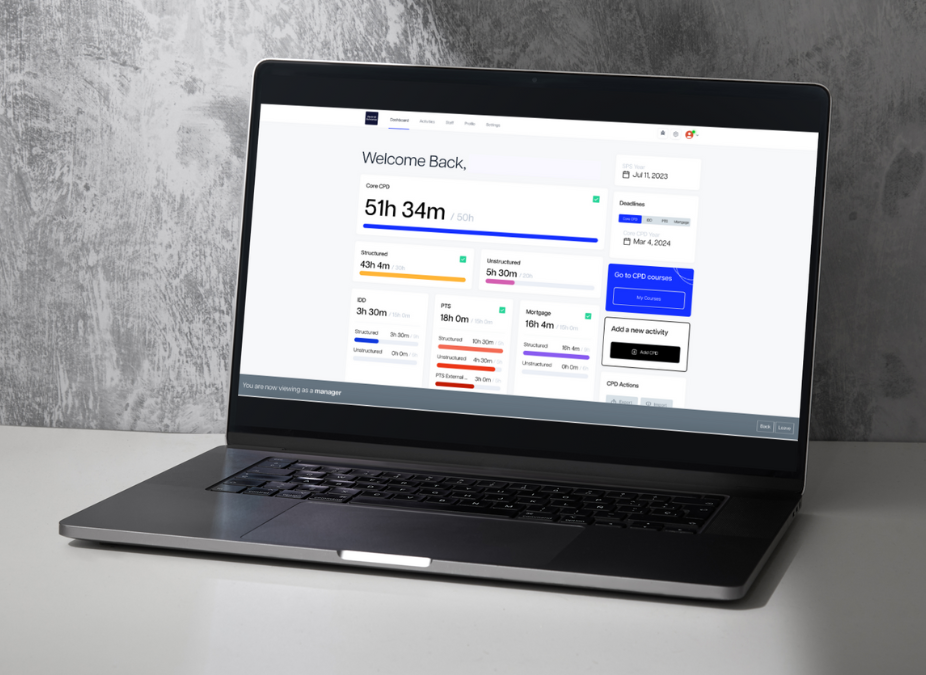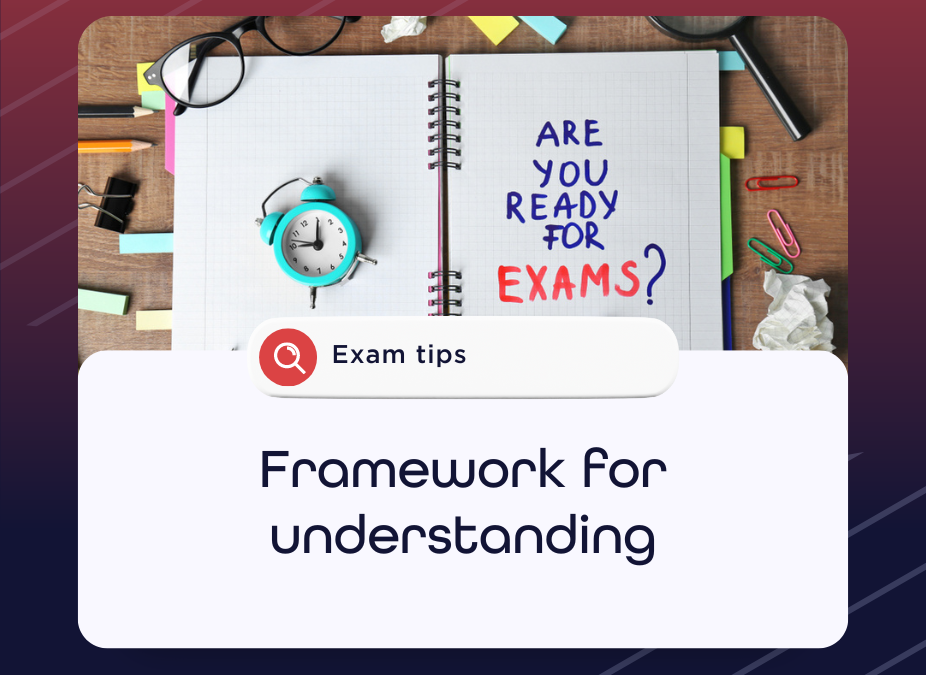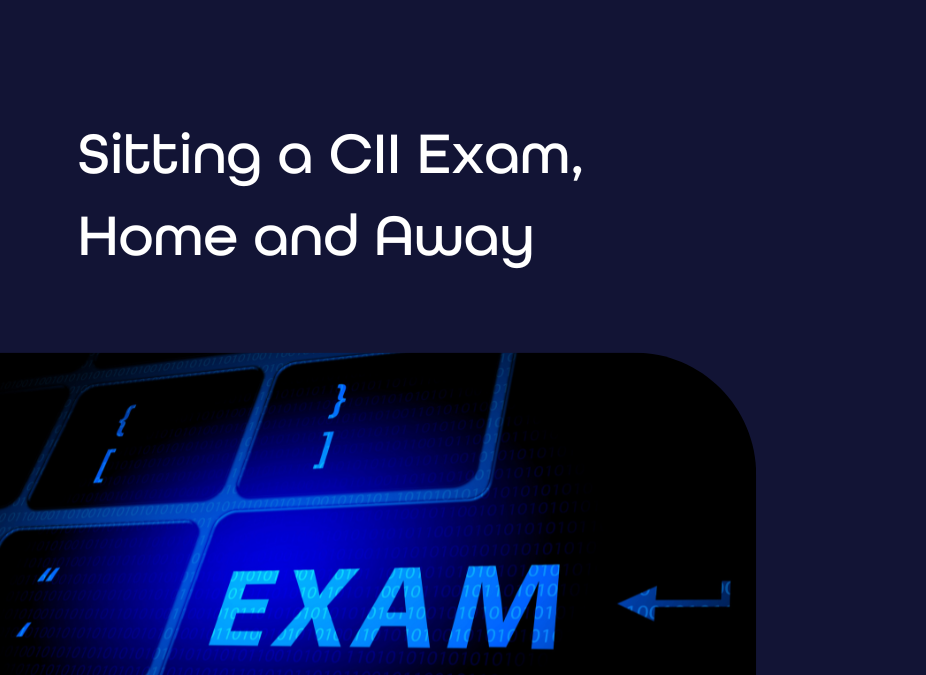Taxation is one of the most complex and important topics that underpins much of financial planning – and it’s the topic that causes most consternation for students.
Tax is tested across multiple papers of the diploma and advanced diploma modules. It can seem complicated, but mostly it is about following a process or set of rules. Once you know the rules, you should be well on your way to exam success.
Here we examine Top Slicing an area that typically cause confusion or trip up students.
Top Slicing
Chargeable gains on non-qualifying, onshore, life policies, such as single premium life assurance bonds, are subject to higher or additional rates of income tax, not capital gains tax (CGT).
Onshore bonds are taxed internally at 20% so, once the gain is added to other taxable income, if the person remains a basic-rate taxpayer, there is no further tax to pay.
Top-slicing relief aims to reduce the tax liability for someone who, if it was not for the chargeable gain, would be in a lower tax bracket. The general principle is to make it a little fairer and allow gains from bonds to be spread over a number of years.
One area of confusion is around how spreading works, and the number of years you divide the gain by. In the calculation below, this value is ‘N’.
For full surrenders of both onshore and offshore bonds, the N value dates back to the start of the bond.
For partial surrenders of onshore bonds, the N value is usually the number of years back to the last chargeable event. If there have been no chargeable events, it dates back to the start of the bond.
For partial surrenders of offshore bonds, it depends on when the bond was set up. Before 6 April 2013, the N value is the number of full years back to the start of the policy. After 6 April 2013, it depends on the residency status of the individual.
The final thing to remember is the process of calculating the tax liability on full surrender of a bond using top-slicing relief. It is the same for both onshore and offshore bonds.
Follow these steps to calculate tax liability
1. Calculate the tax liability on the total taxable income for that tax year, including the gain.
2. Work out the tax on the gain based on the tax bands it falls into as you calculate step 1. Take off the 20% basic-rate tax classed as already paid. This leaves the additional tax that needs to be paid on the gain. This is called the individual’s liability.
3. Calculate the sliced gain, known as the annual equivalent, by dividing the gain by N, the number of years.
4. Calculate the tax liability on the sliced gain and deduct the 20% tax already paid. Multiply the answer by N to get total liability, which is called the relieved liability.
5. Deduct step 4 from step 2 to find the
top-slicing relief. Use that to reduce the total income tax liability calculated in step 1. For onshore bonds, deduct the 20% basic-rate tax already paid on the gain. The result is the final tax liability.
Like we said at the start, Tax is a subject tested across multiple papers of the diploma and advanced diploma modules. Need extra study support? Check out our range of CII courses: https://redmilladvance.com/courses/
Are you studying for your Diploma in Financial Planning?
Try our blended study option
As well as all the benefits of our existing digital study support, we have the option for you to join a full-day in a virtual classroom session with our expert training team. This one-day session is designed to get you in the best possible shape for your upcoming exam and allows you to discuss and explore areas of your study directly with our expert training team.
Check out our blended learning options below:
R01: http://bit.ly/3Y9DnLr
R02: https://bit.ly/3Yk1RBR
R03: http://bit.ly/3DVsQLQ
R04: http://bit.ly/3jKD6ja
R05: http://bit.ly/3HH8Zky
Redmill Advance is a learning provider and e-learning specialist offering CII and CISI exam support.




